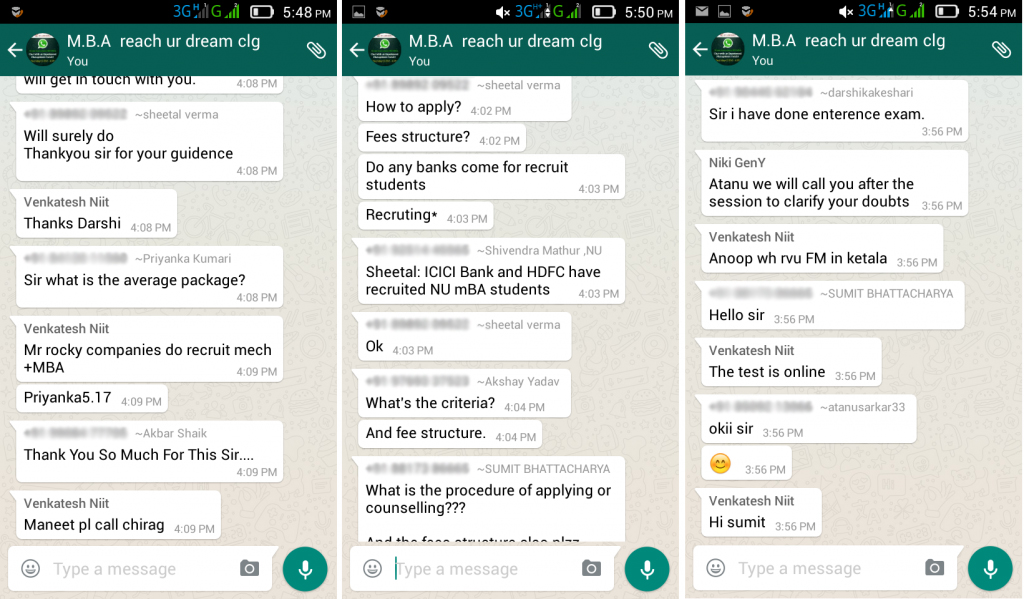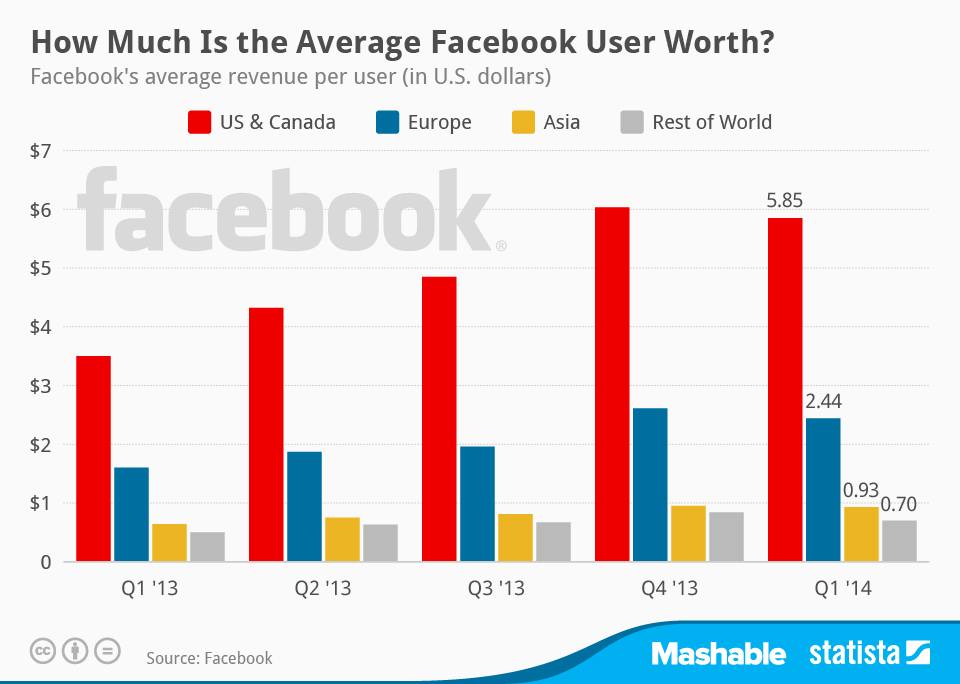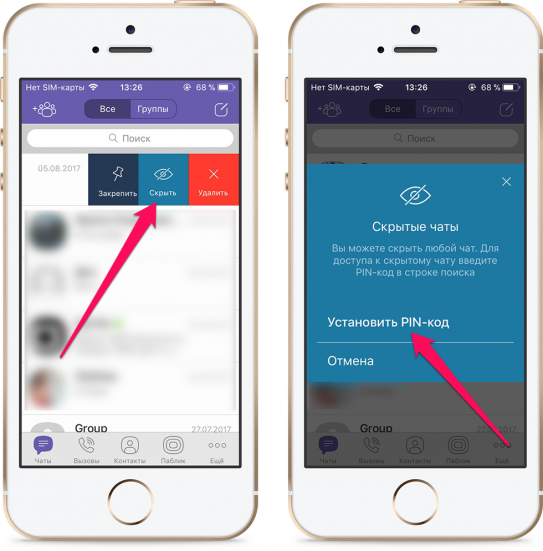How to sell your products on instagram without ads
How to Sell on Instagram Without Paid Ads
Social media is a valuable resource for e-commerce businesses. Social media platforms, including Facebook, Instagram, and Twitter can now be used alongside a traditional website to share information, showcase products and services, give business updates, and more.
These platforms allow e-commerce businesses of all industries and size the online space they need to reach a wider audience.
Instagram has steadily grown into a popular social media that lends itself perfectly to information regarding new products and services being offered by e-commerce businesses. With just a photo and a few clicks of a button, businesses can highlight their latest product offerings, post sale and price information, and share their products with a nearly unlimited, global audience.
As easy as this sounds, there are best practices to harness the power of Instagram and work it into a powerful e-commerce business plan seamlessly. Here are a few tips and tricks for how to sell on Instagram without paid ads.
Instagram and Advertising
Anyone who has scrolled around the internet recently will notice the overwhelming presence of ads dominating the headers, sidebars, and footers of websites. Sponsored ads appear frequently, and some require a moment of hasty clicking in order to find the little elusive ‘x’ that will allow you to regain the content you were actually looking for.
Many websites gain the majority of their revenue from paid ads, and Instagram is no different. However, most e-commerce businesses don’t have the time or the money to invest in paid ad space. Artists, entertainers, and small e-commerce businesses that are growing their reach may have a hard time accessing the money needed to pay for ads.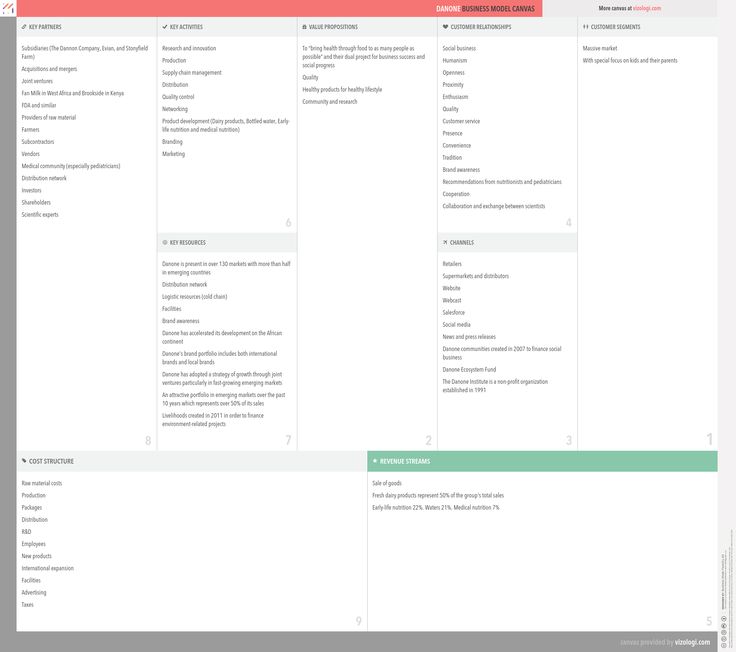
But here's what they don't want you to know:
You don't have to use paid ads to be successful as a business on instagram.
It's true. There are plenty of ways to sell products and services on Instagram without paying for an ad.
How to Sell on Instagram
First, begin by creating an Instagram business profile, which can be connected to a business’s website or other social media accounts, such as Facebook. Business profiles can be used on Instagram to increase a company’s reach and highlight their products.
The shopping feature is a handy tool businesses can use to engage more Instagram users from around the world. Users can click on a post and follow a link that allows them to purchase the item from the post through Instagram, instead of being routed to another website.
While you can’t post a link in the description of a picture, you can encourage people to click on a link in your bio.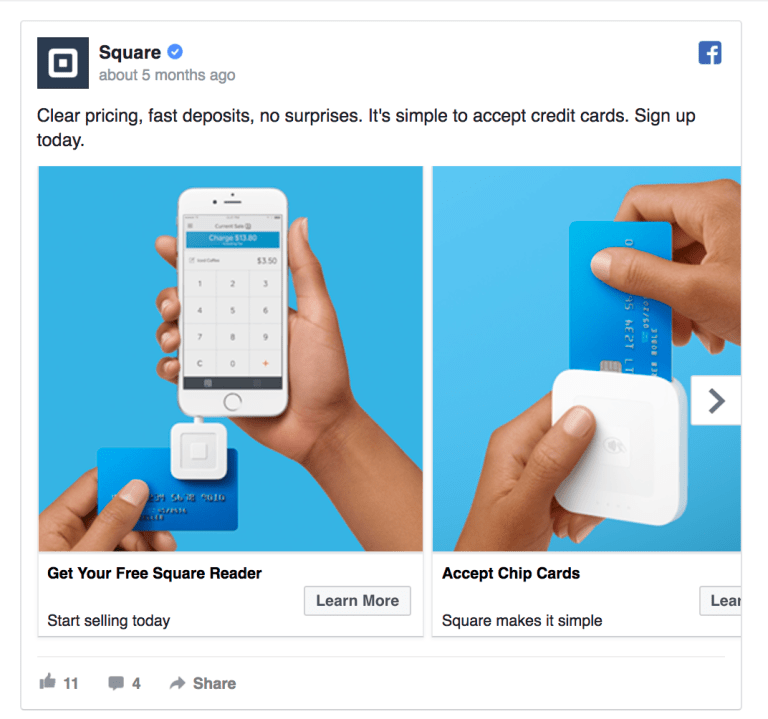 Bio links can be to your website or any other page you want to drive traffic towards.
Bio links can be to your website or any other page you want to drive traffic towards.
A business manager can be in charge of what products to feature and be part of the design process for getting the best photo for the message they want to send.
Instagram Posts
Instagram posts are easy to make - all you have to do is take a photo, upload it, and tag products you want to feature. This will appear on your page’s Instagram feed where your followers and others can see it. This makes it easier to sell your products.
Posts by an Instagram influencer can be highly profitable for e-commerce businesses. Influencer marketing is a way to harness the following of certain individuals by having them highlight a product or service of yours. Your business is then put right in front of the eyes of people who will have the opportunity to visit your page, follow you, or choose to shop through your products on Instagram.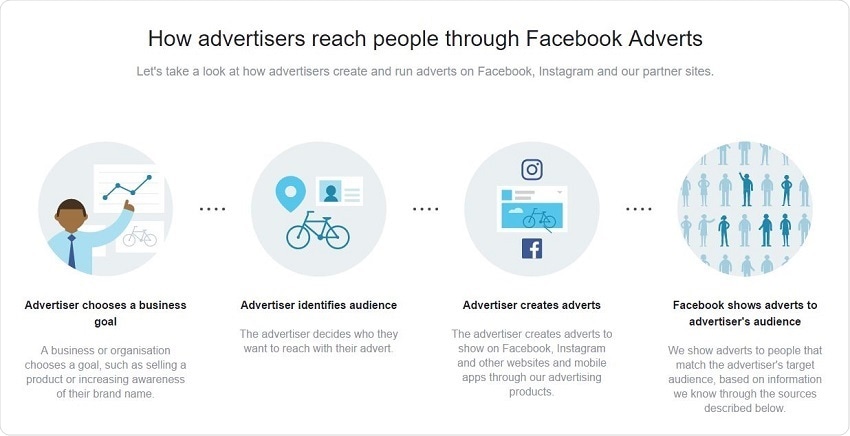
Regular posts can be mixed in with product pages and shopping posts. You can also use Instagram to curate an email list for new products, discount codes, and convey other important information about your business for your customers.
Do not forget to include a Call to Action (CTA) in your posts. eCommerce businesses on Instagram can use CTAs in any Instagram photo they post. CTAs can help:
- Boost customer engagement
- Increase click-through rates
- Make your business shoppable
- Drive customers to your website and other social media pages
- And more!
Instagram Stories
Stories are a widely popular feature that are similar to social media platforms like SnapChat.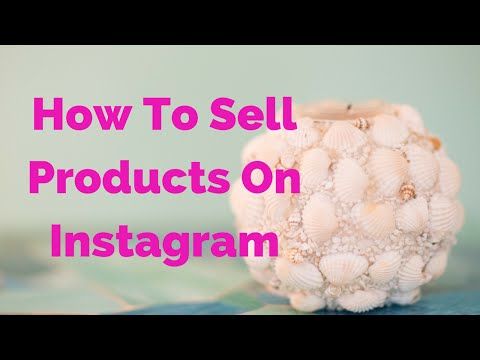 Stories disappear after 24 hours, leaving a great opportunity for businesses to post content like:
Stories disappear after 24 hours, leaving a great opportunity for businesses to post content like:
- Sneak peeks
- Product reveals
- Behind the scenes
- Making of
Stories can also include other spur of the moment, fun content that won’t be permanently featured on your main Instagram page. Make sure to have a consistent, recognizable look throughout your stories. There are plenty of places to download free, beautiful templates for Instagram stories like the one below from Pixelify.
Customer Retention
Once you have new customers from Instagram, the next challenge is getting them to keep returning to your e-commerce store. Cabrella has a full, no-fluff guide to keeping your customers with actionable tips and strategies. Click the button below to start reading!
A Complete Guide To Success (2023)
Instagram Shopping is quickly becoming the preferred way for consumers not only to learn about new brands and products on Instagram, but also to purchase them in just a few simple steps.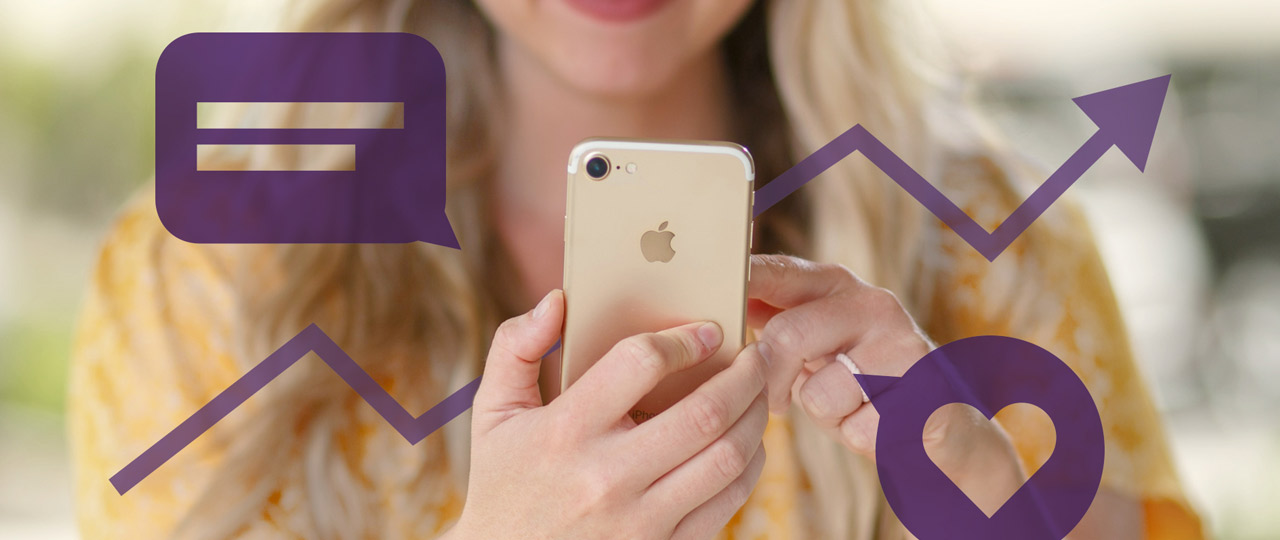 Merchants need to board the train of selling on Instagram.
Merchants need to board the train of selling on Instagram.
In fact, 90% of Instagram users follow a business account, making the expansion of Instagram Shopping more effective than ever as a way for merchants to tag products in their posts, open an online storefront, and simplify the entire buyer journey, from discovery to checkout.
Learn how to set up Instagram Shopping step-by-step and sell products on social media in this beginner guide.
How to Sell on Instagram
- Set up Instagram Shopping with Shopify
- Set up Instagram Shopping natively
- Set up a product catalog
- Tips for selling your products on Instagram
- How are you using Instagram to sell products?
How to set up Instagram
Selling on Instagram with an ecommerce platform like Shopify is simple. When you connect your online store to the Facebook sales channel, your Shopify products automatically sync to Instagram so you can create ads and Shoppable Posts easily.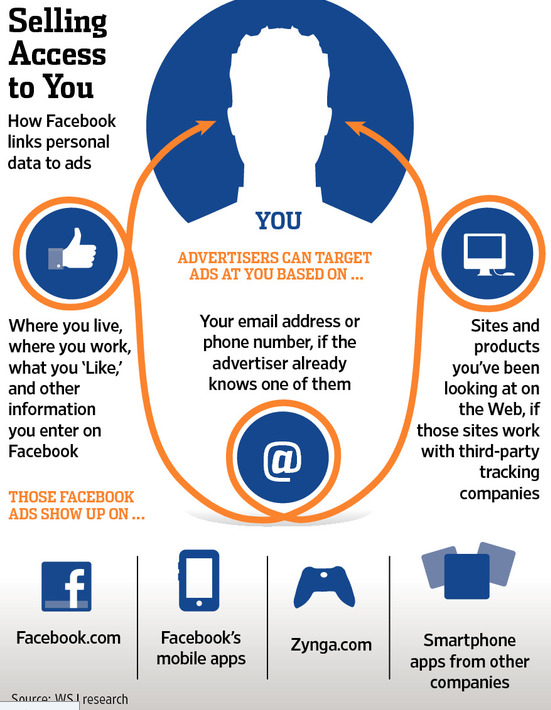
You can use Shopify to create, track, and manage your ad campaigns and orders with Instagram, as well as customize your Shop and bring the look and feel of your Shopify store to it.
Before you start selling on Instagram, you’ll need to make sure you’ve set up a Facebook business page and have products in your Facebook catalog.
From there, use the following steps:
- From your Shopify admin, click Facebook under Sales channels in the left menu bar.
- Click Set up to start in the Instagram Shopping section.
- Connect the required Facebook accounts to the Facebook sales channel.
- Review and accept the terms and conditions, then click Request approval.
It takes 24 to 48 hours for Facebook to review your products. Note that this works if you’re on the Shopify Basic plan or above.
When you sell on Instagram and Facebook with Shopify, there are apps and integrations that connect your inventory, marketing, customer, and Instagram sales metrics into a central database.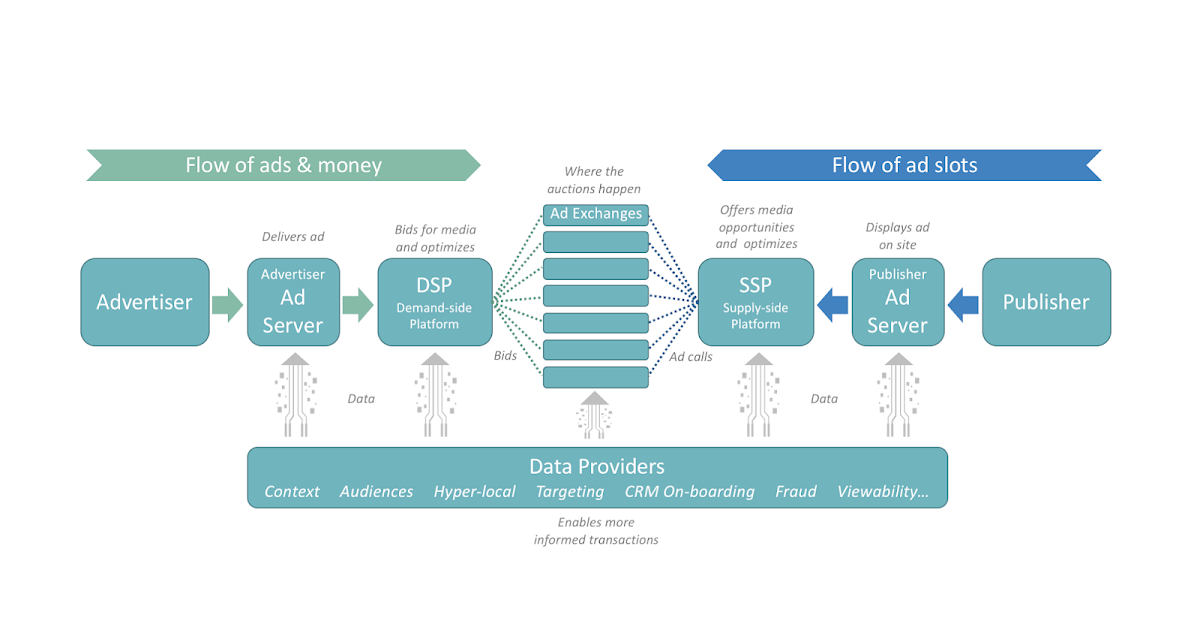 Sync your product catalog, discover and promote the most popular product features, and create your ad campaigns, all within Shopify.
Sync your product catalog, discover and promote the most popular product features, and create your ad campaigns, all within Shopify.
How to set up Instagram Shopping natively
First things first. To be able to sell your products on Instagram, make sure:
- Your personal account is converted to an Instagram business account
- Your business sells physical goods that comply with Instagram’s commerce policies
- Your Instagram business profile is associated with a Facebook catalog in Business Manager (See Instagram’s step-by-step guide on creating your Facebook catalog with your Instagram business profile.)
Once you’ve taken care of the step-by-step details above, you should be all set to start selling your physical products on Instagram.
Open up your Instagram app and head to your profile. Tap to open the menu in the upper right corner and tap Settings. Select Business, then tap the Set Up Instagram Shopping link.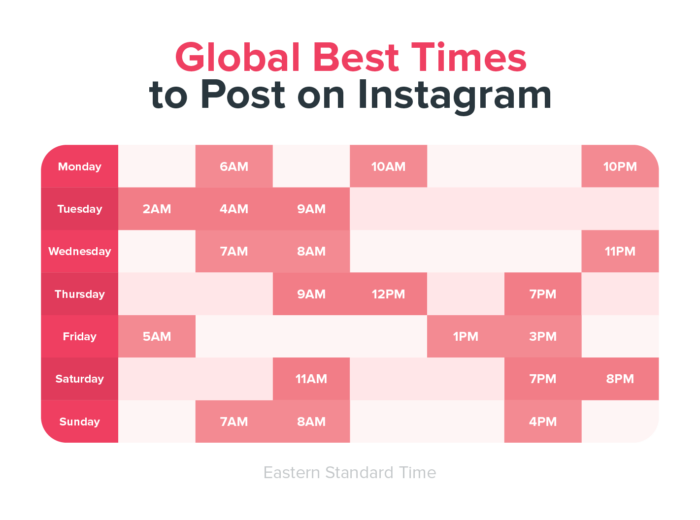
You can also create your shop through Meta Business Manager.
Set up a product catalog
To sell products through Instagram, you’ll need to connect your Instagram account to a catalog. Start by logging in to your Meta Commerce Manager. Commerce Manager is a feature within Facebook Business Manager that lets you set up a Facebook Shop.
Once in Commerce Manager, click + Add catalog.
Then choose the catalog type you’ll create. If you’re an online retailer, you’ll want to create an ecommerce catalog.
Then you’ll need to upload your inventory. If you’re selling a small amount of products, you can manually upload product information to your catalog. Or, you can connect a Partner Platform like Shopify to automatically import your items.
If you choose to upload products manually, here’s the product info you’ll need to include:
- 500 x 500 pixel image(s)
- Product description
- A link to your product landing page
- Price
- A SKU number
Read more: Getting Started on IG: A Beginner’s Guide to Instagram Marketing
How to sell products on Instagram
- Use product tags
- Run Instagram ads
- Partner with influencers
- Use live shopping stream
- Publish reels
- Curate user generated content
- Use the right hashtags
- Use video to showcase your product
- Automate customer support with DMs
Before we dive into specific examples of how top brands use Instagram Shopping, let’s quickly outline the four main tools you can use together to drive organic sales from Instagram:
Shoppable Posts.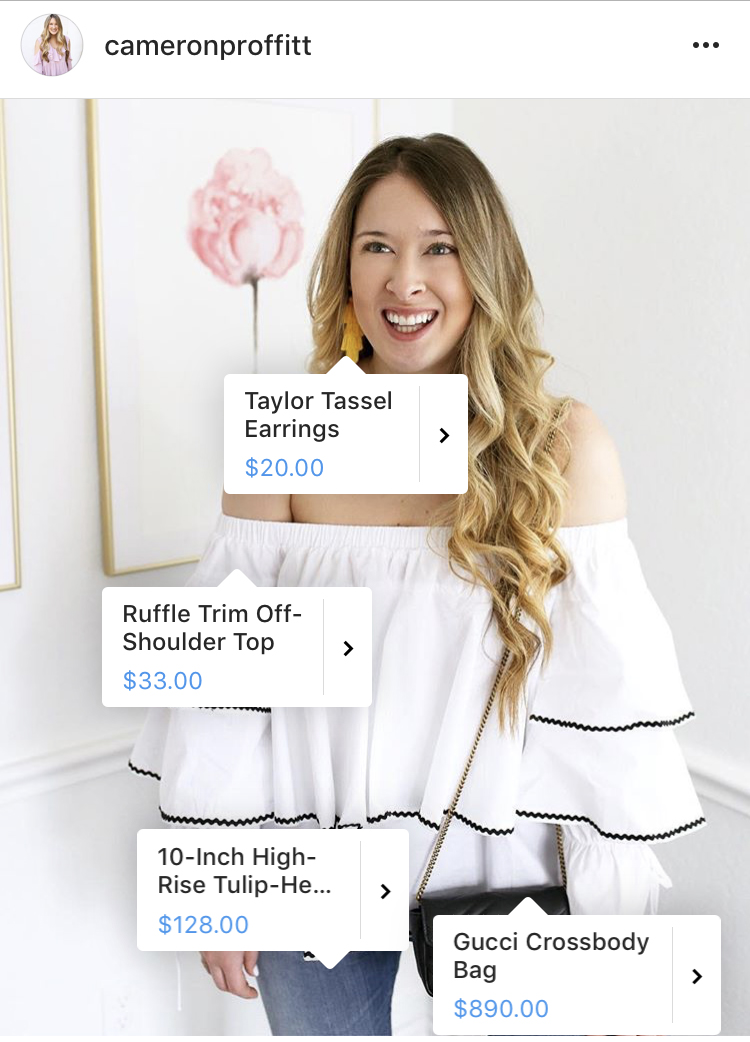 In a nutshell, Shoppable Posts let you add product tags to your content so people can buy directly from them. Product tags on Instagram are similar to tagging other users in your posts, except you’re tagging your products. This allows shoppers to click on your tags and quickly shop your catalog of products.
In a nutshell, Shoppable Posts let you add product tags to your content so people can buy directly from them. Product tags on Instagram are similar to tagging other users in your posts, except you’re tagging your products. This allows shoppers to click on your tags and quickly shop your catalog of products.
Product stickers in Instagram Stories. With product stickers, ecommerce brands can tag specific products in Stories, just like you can with standard product tags in posts.
The Shop tab on your profile. The Shop tab is where your profile visitors can find all the products you’ve tagged in your Instagram posts, including the content that features them.
Collections. Product collections allow you to customize your shop with an editorial point of view by curating products into themes to help tell your brand story.
Instagram checkout. When you enable Instagram checkout, people can buy directly from Live Shopping, product launches, and Shopping for Creators.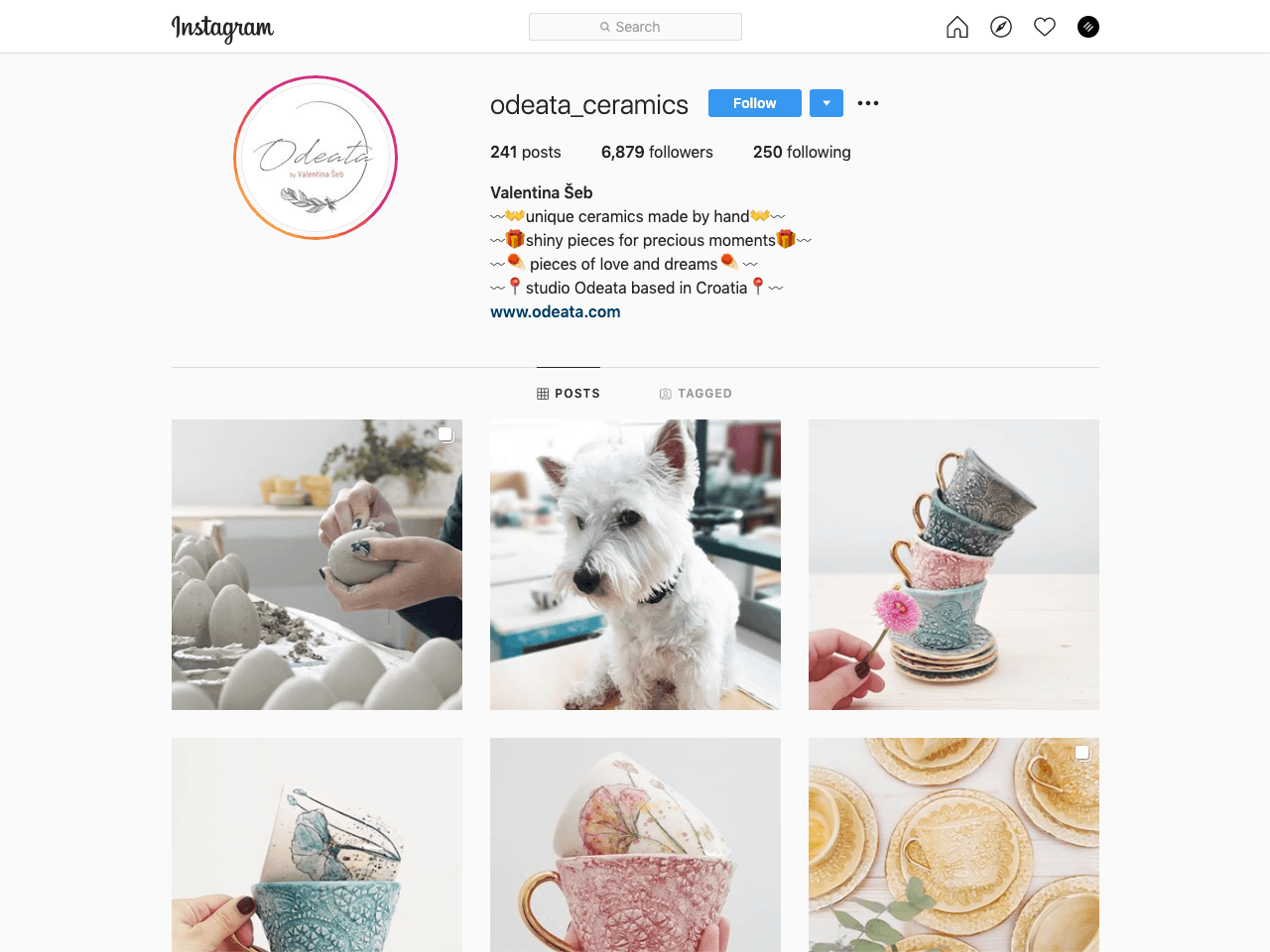 If you’re a Shopify merchant, you can use the Facebook channel integration to set up checkout on Instagram and Facebook. Shop Pay will automatically show for the customer, providing a faster and easier way for them to check out.
If you’re a Shopify merchant, you can use the Facebook channel integration to set up checkout on Instagram and Facebook. Shop Pay will automatically show for the customer, providing a faster and easier way for them to check out.
1. Use product tags
The path from discovery to purchase is not linear on Instagram. As your customers are discovering your products via Instagram, product tags give your customers the ability to make a purchase directly within the app or learn more about the product via your website at the moment of discovery.
Shopping tags let businesses tag their products across Instagram so people can easily shop wherever they find joy in the app. You can tag feed posts, Stories, and Reels. If you’re a business with checkout-enabled shopping, you can also tag Live feeds.
If your goal is to get your product in front of more customers, tagged products have the opportunity to be highlighted on Instagram’s Explore and Shop tab.
Instagram recently announced that it will expand product tagging to all US users over the next couple of months.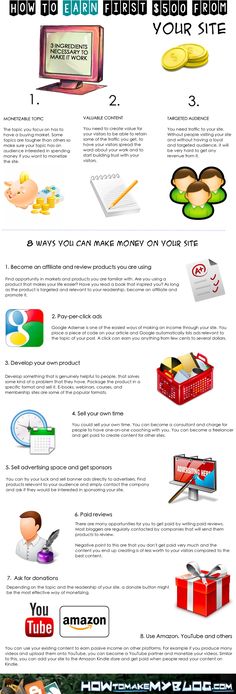 Now, people will be able to tag products from businesses in their posts. Before, only creators were able to tag products from businesses that set up Instagram Shopping.
Now, people will be able to tag products from businesses in their posts. Before, only creators were able to tag products from businesses that set up Instagram Shopping.
When someone tags a product in their post, business owners will receive a notification. You can view all tagged content on your profile and control who tags products by managing product tag preferences in your settings.
Instagram says that 1.6 million people tag at least one brand each week on the social media platform. Using product tags can help expand product awareness and drive potential customers to your products.
2. Run Instagram ads
Instagram is now a place where people go to shop. Instagram’s research shows that 84% of people want to discover new products on the platform. With mobile sales projected to reach $552.28 billion by the end of 2024 in the US, Instagram launched shoppable ads to capitalize on the mobile commerce trend.
Shoppable Instagram ads are your standard Instagram ad but with product tags.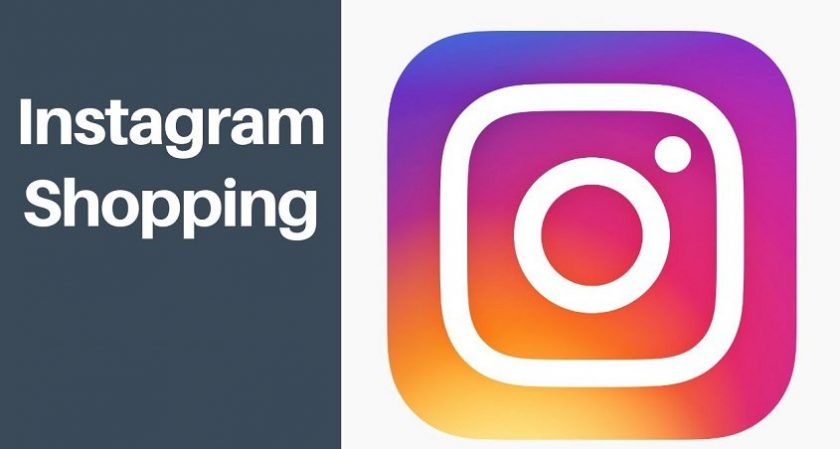 When someone is interested in your promoted product, they can go directly to a product detail page to learn more. If you’re a US business, you can run ads with Instagram checkout too, so people can purchase directly in-app.
When someone is interested in your promoted product, they can go directly to a product detail page to learn more. If you’re a US business, you can run ads with Instagram checkout too, so people can purchase directly in-app.
These ads run in feed or Explore using single image, carousel, or video formats from your product catalog. They work just like regular Instagram ads: you build them in Ads Manager and can show to a custom audience or lookalike audience to find new potential customers.
3. Partner with Influencers
It’s safe to say that influencer marketing can help you sell on Instagram. Instagram influencers are people who’ve built a reputation—and a $5.8 billion industry—around a certain niche on the platform. They work as brand ambassadors for your small business, sharing your products with their target audience in exchange for money, free products, or exposure.
Influencers can impact buying habits because of their authority in a particular industry.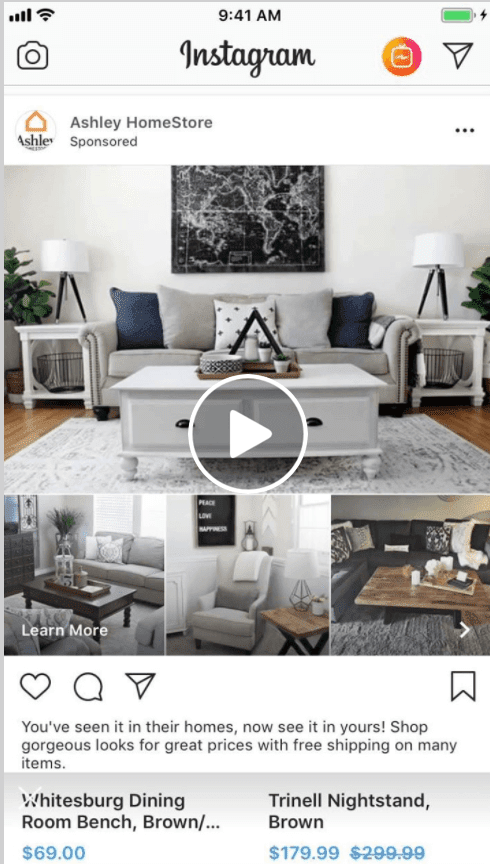 In the example above, @lizarch, a yoga influencer with 57,000 followers, promotes a giveaway for Savhera. The essential oil brand partnered with Liz because her audience trusts her suggestions and what she promotes.
In the example above, @lizarch, a yoga influencer with 57,000 followers, promotes a giveaway for Savhera. The essential oil brand partnered with Liz because her audience trusts her suggestions and what she promotes.
The school of thought is that influencers are wildly expensive, as though every brand is paying Kim Kardashian $1 million to promote their products. But that couldn’t be further from the truth.
Nano-influencers and micro-influencers tend to get higher engagement rates. My best influencers have been people that are genuinely interested in the product and eager to share it with their followers.
Rhiannon Taylor, Founder of RT1home
With the rise of nano-influencers (accounts with less than 5,000 followers) and micro-influencers (between 5,000 and 20,000 followers), smaller brands can now work with influencers at a reasonable price and make more sales on Instagram.
Instagram is also making it easier for people to shop inspiring looks from influencers and creators that they love without needing to leave Instagram.
Taylor Loren, in an edited excerpt from the course How to Make Money on Instagram""
Read It’s Your Time to Shine: How to Find and Work With Instagram Influencers to set up your first influencer campaign on Instagram.
4. Use live shopping streaming
When you have an Instagram Shop and product catalog set up, you can start an Instagram Live Shopping stream. Live Shopping lets brands and creators sell products over a live broadcast. Think of it like a TV shopping network, but with more interaction and on your phone. Live Shopping lets you showcase products, interact with fans, and partner with other brands and creators.
As the seller, you can tag a product from your catalog to appear at the bottom on the screen during a live broadcast. Buyers just need to click the Add to Bag button, then check out.
The only caveat? To use Instagram Live Shopping, you must be a US business with access to Instagram checkout.
5.
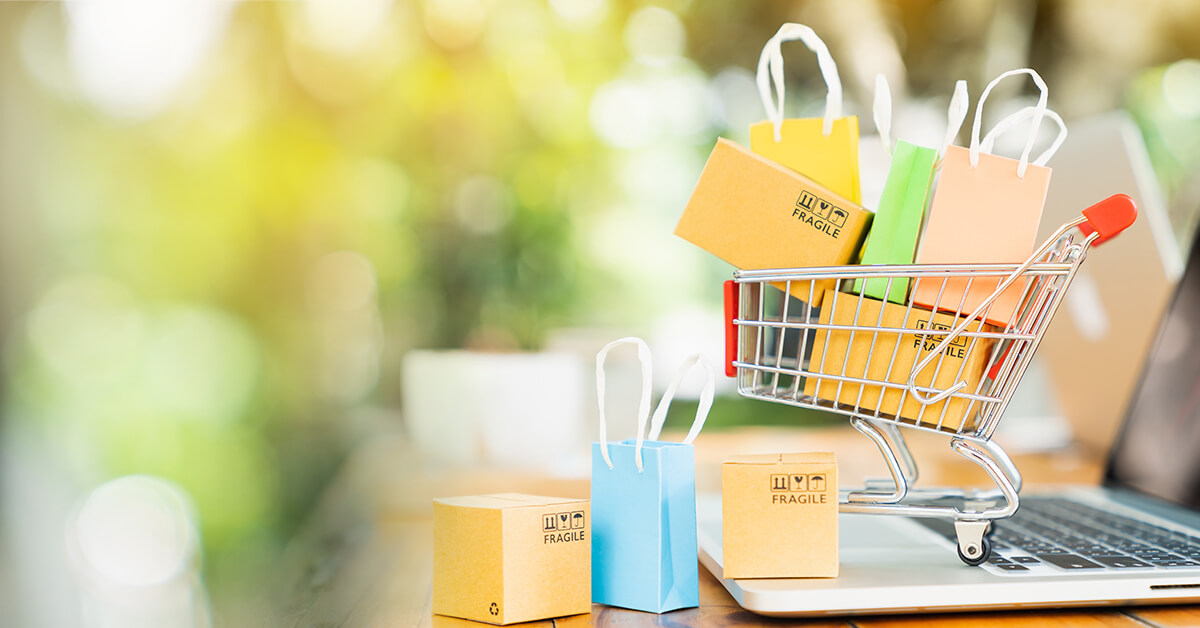 Publish Reels
Publish Reels Reels let your business create and publish videos up to 60 seconds long. It’s easy to get creative with easy-to-use text, AR filters, and audio to tell your brand’s story. Reels can also appear on the Explore page where anyone on Instagram can see them.
The coolest part? You can tag products in your Reels, so that when someone views your Reels they can easily access the products or collections mentioned in it.
6. Curate user-generated content
If people are buying and enjoying your product, chances are they’re posting about it on social media. User-generated content is a great way to fill your Instagram feed with quality content while still taking advantage of the various Instagram Shopping features.
One of my favorite examples of user-generated content done right is from Inkbox Tattoos. With more than one and a half million Instagram followers, it’s the poster child for how effective UGC can be for brands. This is even more so with the introduction of Instagram’s Shop tab on the home screen.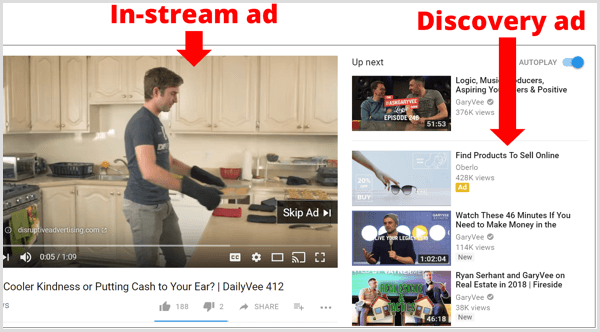
Now, with the addition of the Shop tab to Explore, Instagram’s algorithm selects items it believes users will be interested in. Here’s what it looks like:
DTC brand Vuori also began testing Instagram Shopping in 2020. Nikki Sakelliou, the company’s VP of brand, reported being hesitant at first about tagging posts in their feed. The brand publishes a lot of user-generated content to showcase its products on real people and keep its feed authentic. Roughly half of Vuori’s posts are now shoppable and highlight one product at a time.
Many brands have come to see social media marketing as the gateway that lets them connect authentically with audience members one on one. With user-generated content, brands give users the opportunity to tell real and oftentimes relatable stories—something that is hard to achieve with traditional brand-generated content.
7. Use the right hashtags
Instagram hashtags are a way to build brand awareness and connect your content to a specific topic or conversation.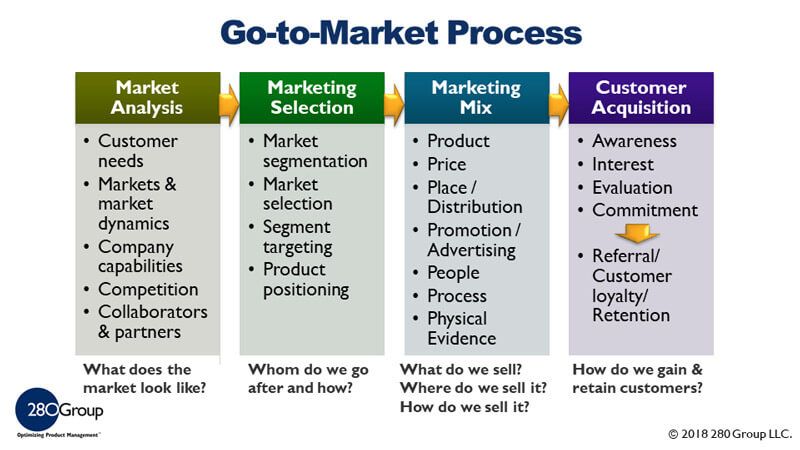 Hashtags make your shoppable content discoverable on Instagram and help it reach more people. When you publish a shoppable post with a hashtag, it shows up in the feed with a shopping bag icon. This tells browsers that an item in your post is available to buy.
Hashtags make your shoppable content discoverable on Instagram and help it reach more people. When you publish a shoppable post with a hashtag, it shows up in the feed with a shopping bag icon. This tells browsers that an item in your post is available to buy.
If you already have a good idea of hashtags that work well for your brand, consider using them on your Shoppable Posts. You can go broad with a hashtag like #style or #fashion, or be a little more specific (i.e., #earringsaddict) and connect with a more targeted audience.
8. Use video to showcase your product
Did you know that after watching a video, 64% of social media users are more likely to purchase a product online? Needless to say, video should be an integral part of your Instagram marketing strategy.
Letterfolk, for example, does a great job of using video in its Stories. From product demonstrations to live Q&A, the Letterfolk team knows exactly how to take advantage of this compelling format.
The best video content tells stories that connect on a deep level with the viewer. The better you tell stories about your brand or product, the more likely your viewers are going to understand what your company is offering and what it can do for them. And, in turn, the more likely they’ll be to buy.
Best of all, you can add product stickers to your video Stories to drive sales and can even feature them permanently in your Highlights to surface them to new profile visitors.
Best practices for video content include:
- Short duration. If you’re creating a video ad, make it between six and 10 seconds.
- Design for Sound Off, in case someone is listening without sound.
- Frame your story. Usevertical (4:5, 2:3, and 9:16) and square videos to format for mobile.
Read more: 30 Instagram Bio Idea Examples to Write the Perfect Bio
9.
 Automate customer support through DMs
Automate customer support through DMsWith over one billion users and counting, it’s no surprise that Instagram can help you reach new customers. Instagram Shopping features give creators and retailers the ability to manage an entire sales funnel right inside the app.
The rise of sales interactions through the platform means more customer support requests coming through your DMs. The influx of messages can be overwhelming for any account owner or support team. Fortunately, there are automation tools like ManyChat that can help you provide quick responses to customers and sell more online.
For example, you can automate responses to common questions using features like Keywords or Quick Replies in ManyChat’s flow builder. This helps:
- Solve customer issues quickly
- Assign messages to different support team members
- See past conversations with customers and take corrective action
- Automate replies
- Convert more shoppers from Instagram Shops
Learn more by reading ManyChat’s post about its Key Instagram Automation Features.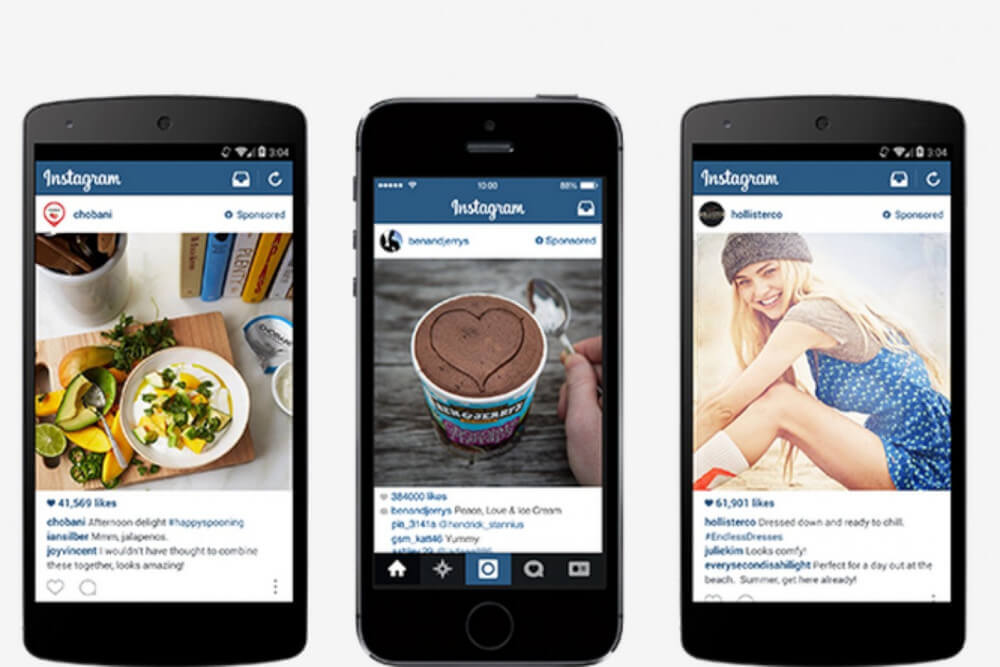
How are you using Instagram to sell products?
Instagram Shopping is just the beginning for entrepreneurs looking to boost sales on the Instagram app. There are many more platforms and strategies for you to sell products on social media. As more consumers get used to this exciting new shopping frontier, it’s up to your brand to deliver your products where new customers are spending a majority of their time: social media.
Illustration by Martina Paukova
Ready to create your business? Start your free trial of Shopify—no credit card required.
Selling on Instagram FAQ
Can you sell directly on Instagram?
Yes, you can sell directly through posts, Stories, live streams, and ads with a Shoppable Instagram page.
How do beginners sell on Instagram?
- Product tags
- Instagram ads
- Influencer partnerships
- Reels
- Livestreams
- Stories
- Hashtags
Does it cost to sell things on Instagram?
It doesn't cost anything to set up and Instagram Shop and sell on Instagram.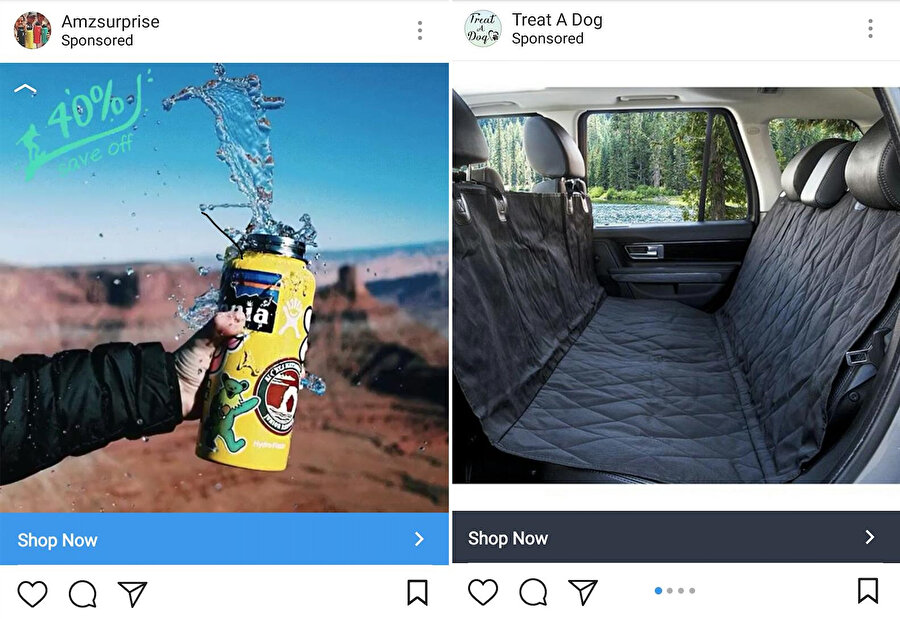 The only thing you'll need to pay for is advertising, if you choose to run ads.
The only thing you'll need to pay for is advertising, if you choose to run ads.
How do I accept payment on Instagram?
You can accept Shop Pay, credit card, debit card, and PayPal as payment through Instagram.
40 tips on how to promote your Instagram
1. Do not forget to put hashtags that will help increase the number of subscribers: #instafollow, #l4l (Like for like), #tagforlikes and #followback.
2. Like as much as possible. For every 100 likes you give to random photos, you will get an average of 6 new followers.
3. Run contest . The easiest way to do this is to post a themed picture and ask people to like it so they can participate. nine0005
4. Start promoting profile on your pages in other social networks. Write what your blog is about and why people should read it and invite them to join.
5. Be generous with likes and comments - this is the easiest way to attract new subscribers.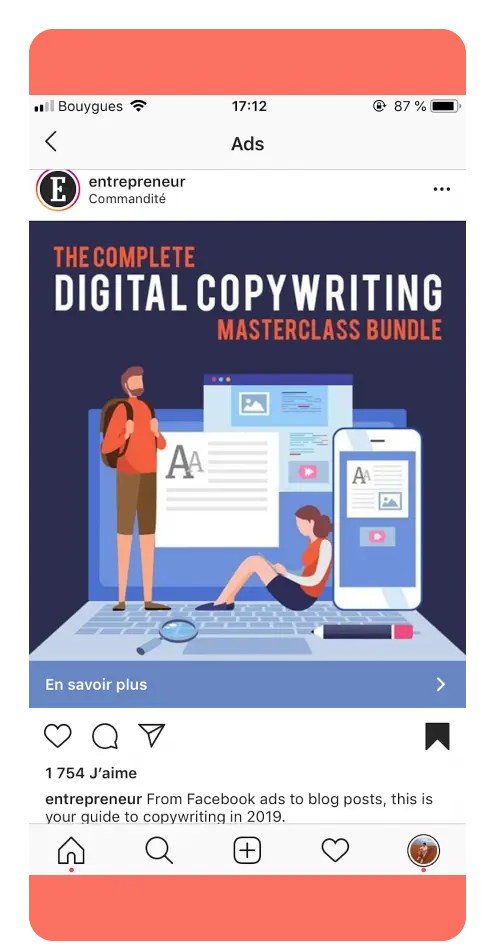
6. Use common hashtags to make your photos visible in the global search. Among the most popular are #love, #instagood, #fashion and #photooftheday.
@westwingde
7. Time matters. Research has shown that the best time to fast is between 2 pm and 5 pm.
8. Follow people who use popular hashtags (#followme, #likeforlike) because many of them will follow you back.
9. Remember, quality is important , not quantity. Monitor your profile and leave only beautiful and high-quality photos. Believe me, no one is interested in flipping through hundreds of photos of salads. nine0005
10. Love the Mayfair filter. Track Maven listed this filter on The Fortune 500 Instagram as the best choice for marketers.
11. Check that you have completed the biography section . Complete it with suitable words and hashtags, and also provide a link to your website.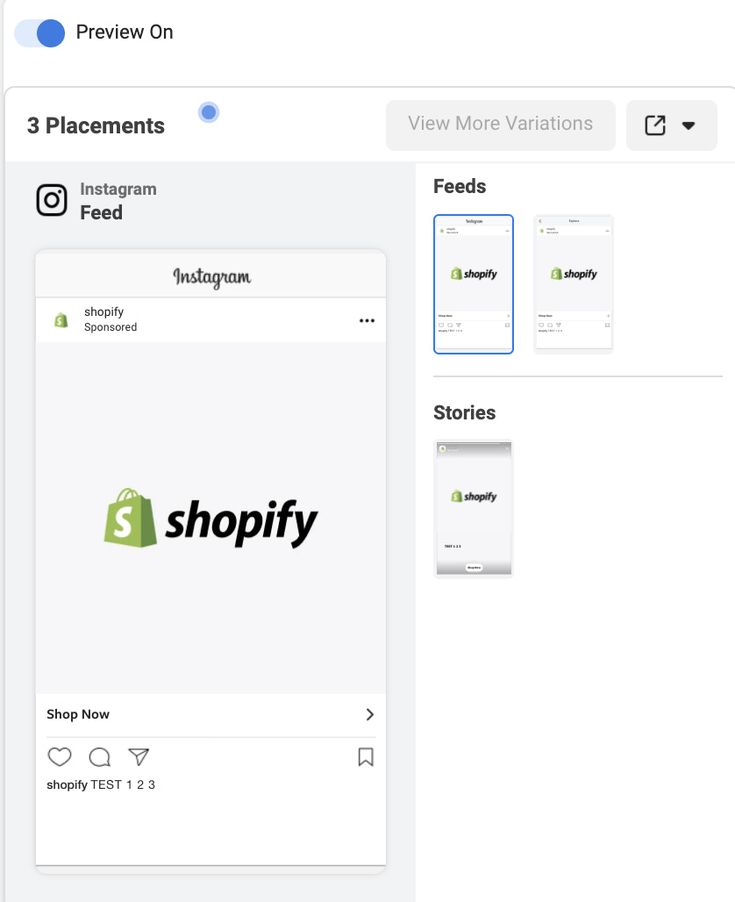 But remember: no spam! Otherwise, subscribers will lose interest in the profile.
But remember: no spam! Otherwise, subscribers will lose interest in the profile.
12. Ask questions to subscribers. This is a great way to connect with your target audience. nine0005
13. Post on Sundays . It is on this day that people post photos a little, so your post will be seen by the maximum number of people.
@nastiapoberezhna
14. Be consistent with . Think about who and why you are doing this. The more clearly you answer these questions, the faster you will attract the right audience.
15. Call people to action. For example, ask them to write their opinion about your photo in the comments. nine0005
16. Don't be afraid to post often. It may seem that the more often the photos flash, the more indifferent the subscribers behave. But according to the Union Metrics program, there is no relationship between posting frequency and audience activity.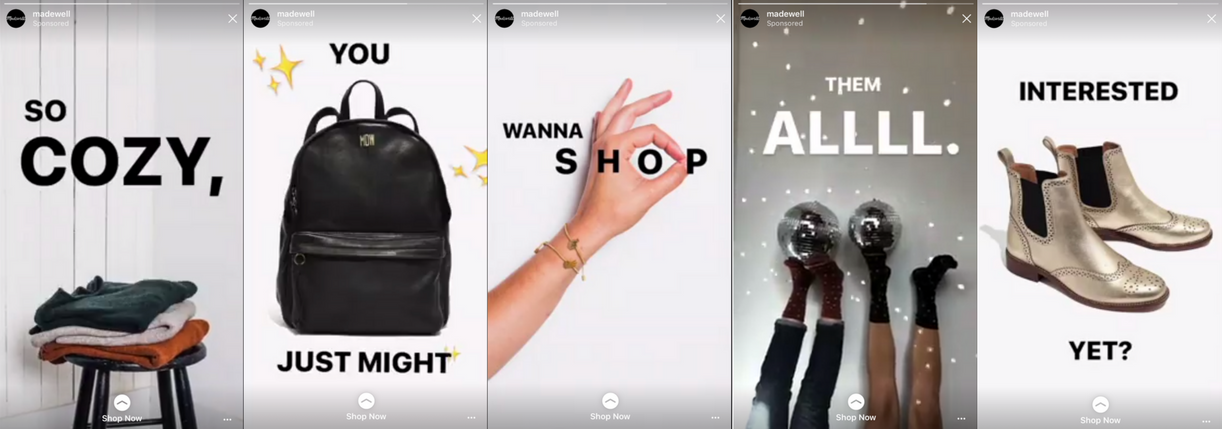 At least negative.
At least negative.
17. Follow suggested users. Go to settings and select "Find and invite friends" and then "Recommended users".
18. Set geolocation . This will be especially useful if you run an Instagram company. So you will have the opportunity to attract new subscribers-neighbors.
19. Schedule publications with the Later program. Consistency never hurt anyone.
20. Agree with popular blogger to advertise your profile or product. So information about you will quickly scatter over the network.
21. Research has shown that blue images get 24% more likes than orange or red images. Post something blue and see for yourself! nine0005
22. Let fast on Wednesdays become your obligatory ritual. This is because posts get more attention and likes in the middle of the week.
23. Write the word "comment" more often in posts.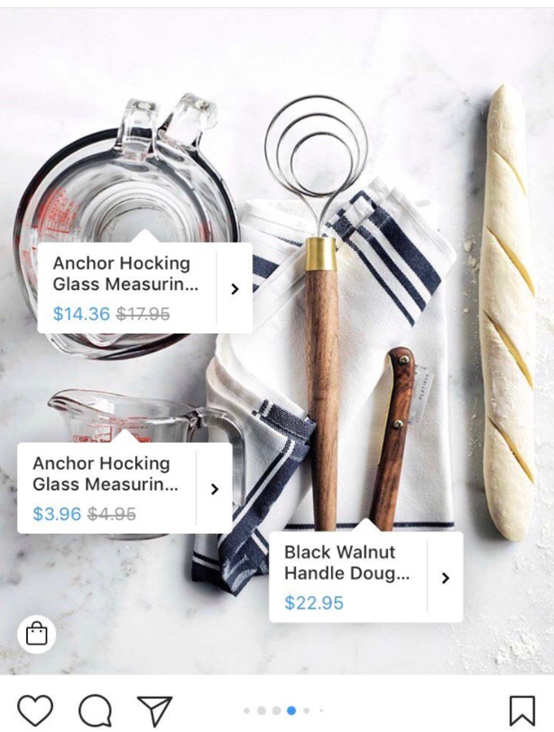 This encourages your followers to share their opinions and be more willing to join the discussion.
This encourages your followers to share their opinions and be more willing to join the discussion.
24. Post photos showing 's face. According to research, such publications are 35% more popular than others.
25. Tag in photos of people. Your post will also be seen by friends of friends. nine0005
26. Remember the rule: the more light the better.
27. If you have a business account, create a branded hashtag . So users can specify it when purchasing a product. And it will increase your visibility on Instagram several times over.
28. Share live photos. Show that behind the beautiful picture there are living people .
29. Business trick: share photos of your followers mentioning your brand or product. This pleasant step shows that you value each client. In return, they will definitely share your photos in their feed. nine0005
30. Brand yourself : Use your nickname for more than just your profile.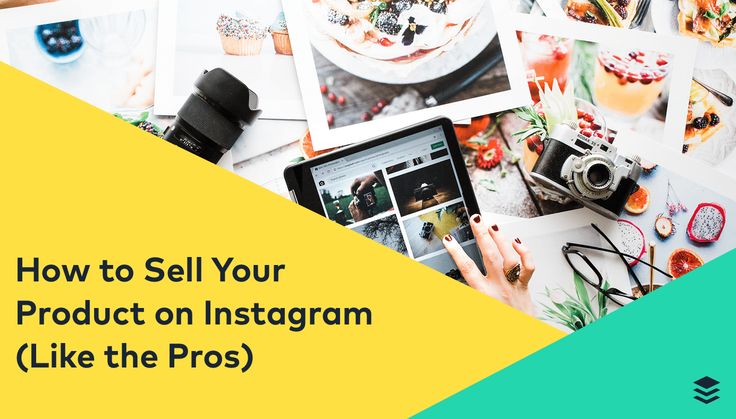 A notebook, a case or a branded sticker on a car will surely attract the attention of potential subscribers.
A notebook, a case or a branded sticker on a car will surely attract the attention of potential subscribers.
@romantimo3
31. Invite friends from Facebook to follow you. To do this, in the profile settings, select "Find friends on Facebook."
32. People love stories. Share your experiences and thoughts, so you will gain their trust and establish contact. Just remember that the post should be emotional and bright, not snot in sugar. nine0005
33. Tag people , even in stories, don't be lazy.
34. Do not be shy in your posts to ask for likes . As practice has shown, such publications receive 89% more likes.
35. In advance plan not only time, but also content. Prepare your materials and only then start filling out your feed. For example, write posts for a few days in advance, and then publish them gradually. The Instagram filling schedule will help you stay focused on the main topic of the blog. 36. Post a motivational or inspirational quote . 37. Synchronize phone book with your account. Go to settings and select "Contacts" in the "For Subscriptions" section. 38. Be active on profiles with similar topics. Especially if you run a business profile. Chat in the comments , ask questions and let influencers know about you. 39. Collaborate with other users. Find accounts with the same number of followers and invite their owners to arrange a joint promotion. This will help you and your partners to win an audience and attract the attention of new people. nine0005 40. Create a unique hashtag, by which you can organize a challenge for your subscribers. Based on cosmo.com.ua Tags: Instagram, blog, how to become famous, tips, social networks Elena According to Facebook Ads, 70% of users learn about new products from Instagram. Instagram Shopping, or "Shopping", is a tool that allows you to tag products in your posts and Stories. Instagram takes information about products from the catalog that the seller uploads. The profile with the option enabled looks like this: Several items can be noted in the photo. When clicking on shopping tags, users will see the price and description of the product, and will also be able to follow the link and place an order on the site. nine0005 In addition to prices and the products themselves, the user also sees additional information about them: in the description, you can specify the composition of the fabric, size, available colors, etc. To get to the catalog with goods, you need to click on the "View store" button. Inside the store, products can be grouped into thematic collections, such as new arrivals or gifts. nine0005 US residents can pay for items within the app using Facebook Pay. In other countries, including Russia, this option is not yet available: users follow the link on the product to an external site and pay for the order there. Log in to Commerce Manager, also found in your ad account. The system will prompt you to create a shop or catalog. The store is a single storefront for Instagram and Facebook, which is available to companies with physical goods. To promote products on Instagram, click Add Catalog. Choose the type of catalog depending on the subject of your business, e-commerce is suitable for online stores. In the next step, you need to configure the parameters and method for loading products. From the drop-down list, select the advertising account to which the catalog will be linked. nine0005 You can create a catalog yourself - by uploading a spreadsheet or by connecting a pixel - or through integration with one of the partner platforms. Click the "Create" button - the catalog is ready. Important : the catalog must contain exact prices and information about the availability of each item. In addition, the rules for returning goods must also be indicated - on the store's website or in the Instagram account. To proceed with product creation, select the desired catalog in Commerce Manager and then click Add Products. Add products in one of the following ways: If you choose to download manually, a form will open. In it you need to add the name of the product, its description, images, link to the site and price. The system will tell you which data is not required. After completing the form and uploading, the products will appear in your catalog. nine0005 Inside the catalog, products can be combined into collections: for example, by subject, season, upcoming holidays, etc. Collections help sellers to more accurately target the user's interests, and users to quickly select goods. You can create not only the standard collections, but also those that will attract more attention, such as "Top 10 coats" or "Gifts for best friends". You can combine products into groups manually or using filters, for example, if there are a lot of products. At the final stage, specify the name of the collection and click the "Create" button. After creating a product catalog, you need to send an account for verification. The verification may take several days. To add a catalog to Instagram, go to the "Settings" section in the application and select the "Company" tab. Then click "Set up Instagram Shopping" and follow the prompts. If the catalog passes the verification, a "Purchases" section will appear in your Instagram account. Once your account is approved, turn on Instagram Shopping. To do this, in the "Purchases" section, select the product catalog that you want to connect, and click "Finish". nine0005 To tag an item in a post, start posting as usual - add a photo and post text, and then follow these steps: You can also mark the product in Stories. To do this: Up to 5 products can be tagged in one photo, up to 20 in total in the gallery. In Stories, a sticker is added to only one product, but you can change its color and text. Instagram Shopping will increase sales and user engagement in your account. The product catalog can be used not only to familiarize subscribers with the assortment, but also to set up targeted advertising on Facebook and Instagram. nine0005 We especially recommend this tool for e-commerce: the user immediately sees the price and all information about the product. True, if a product or service involves preliminary communication with the client and a long transaction cycle, then the published price may scare the user away.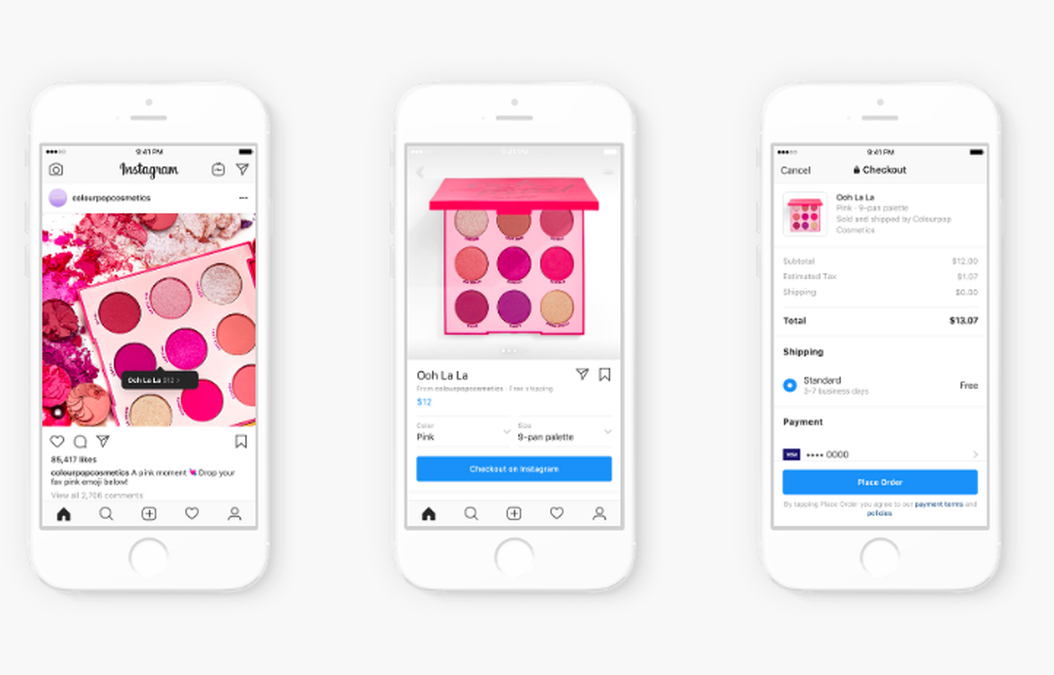 nine0005
nine0005
How to add a product catalog to Instagram, how to mark products
Sergeeva Targeted advertising specialist 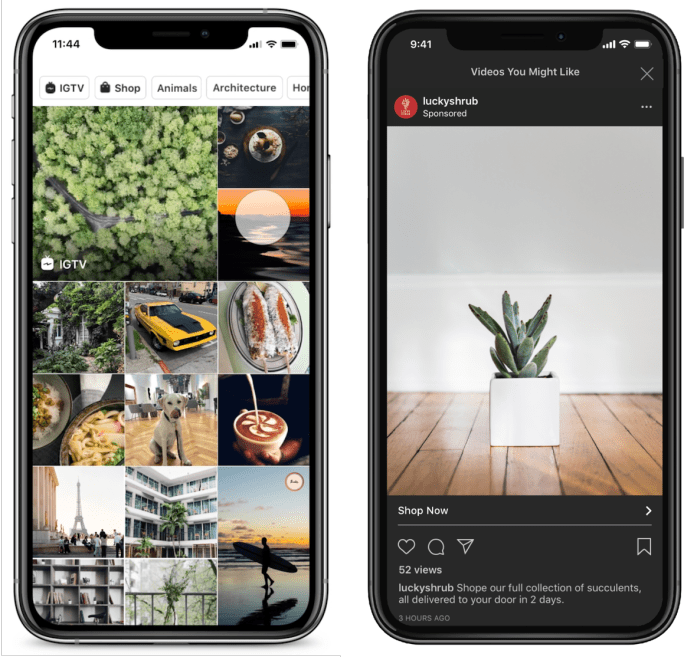 To help sellers promote them, Instagram created the Instagram Shopping tool, which became available in Russia in March 2021. We will tell you why to connect this tool and how to set it up. nine0005
To help sellers promote them, Instagram created the Instagram Shopping tool, which became available in Russia in March 2021. We will tell you why to connect this tool and how to set it up. nine0005 What is Instagram Shopping
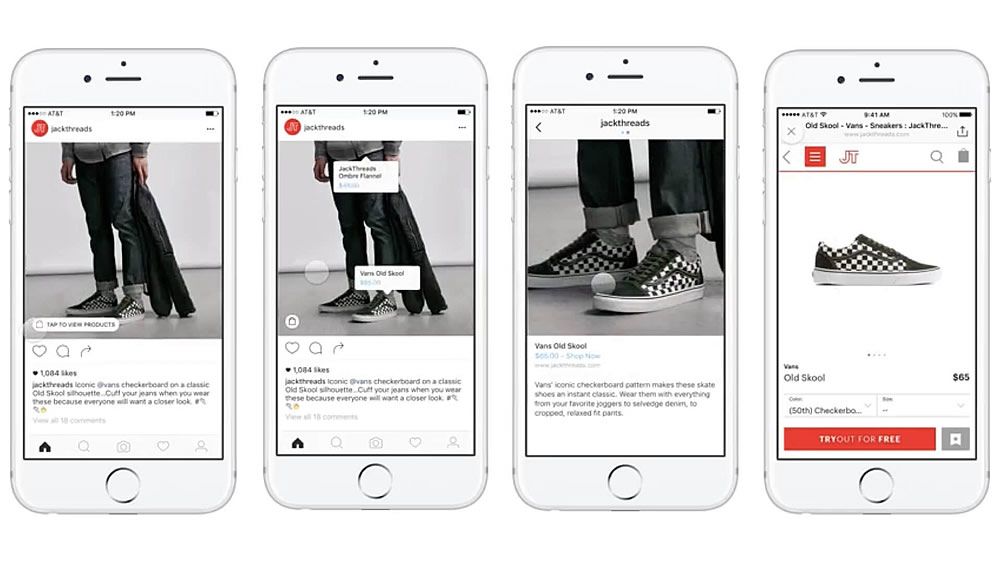 The user can also view the item from different angles in the gallery or learn about other products of the online store All this without leaving Instagram.
The user can also view the item from different angles in the gallery or learn about other products of the online store All this without leaving Instagram. Why include Instagram Shopping
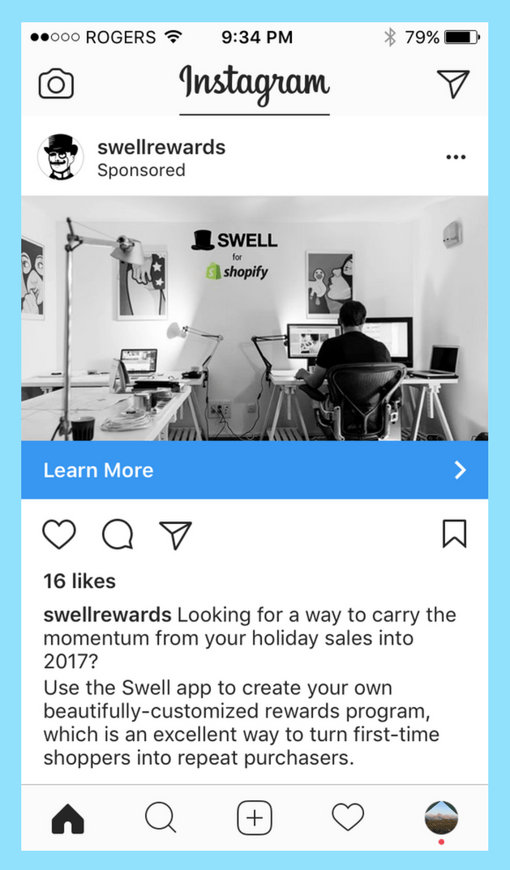 nine0212
nine0212 Setting up Instagram Shopping: Getting Started
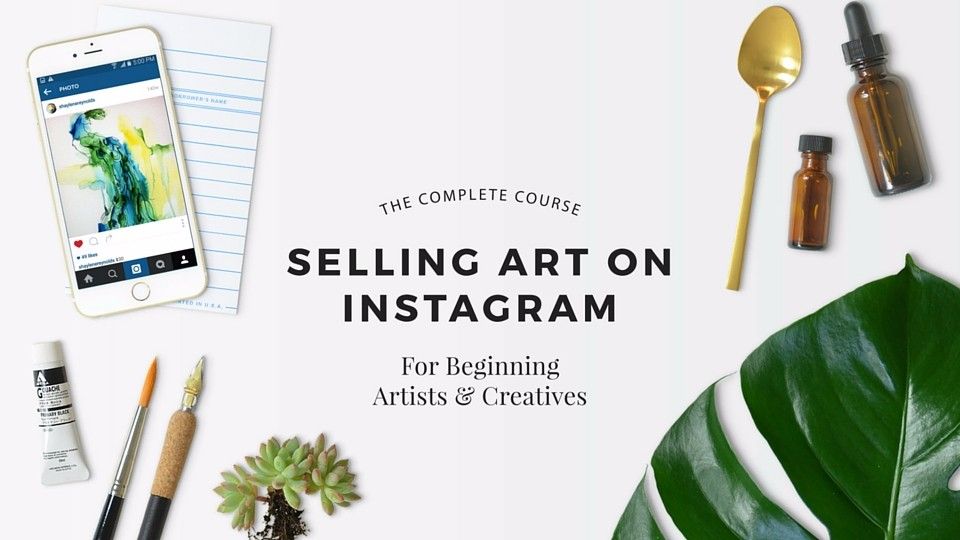 You can't post items on your personal profile. How to set up a business account on Instagram, we tell in the instructions. nine0212
You can't post items on your personal profile. How to set up a business account on Instagram, we tell in the instructions. nine0212 In the catalog you can
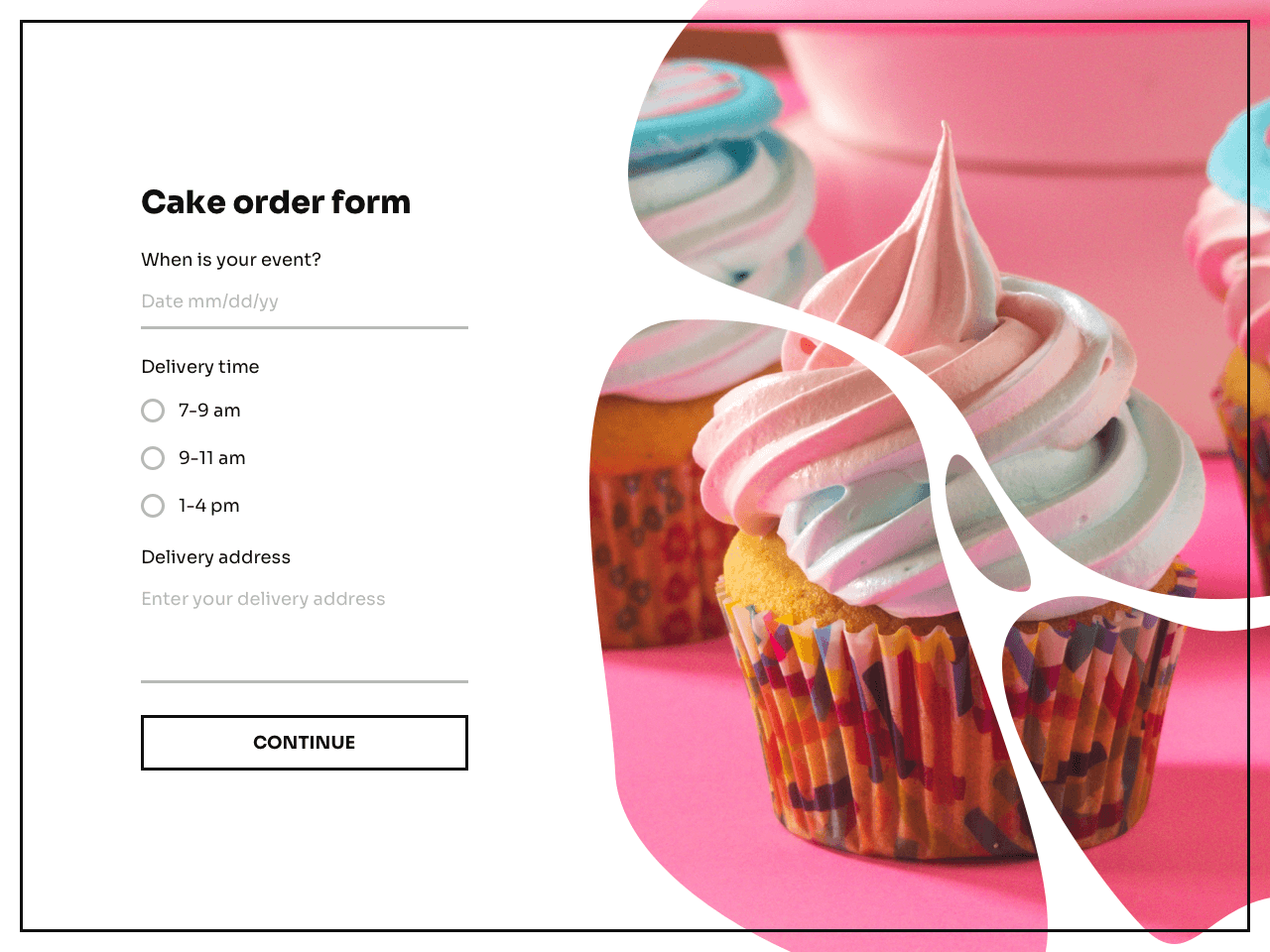
How to add products to Instagram through Commerce Manager
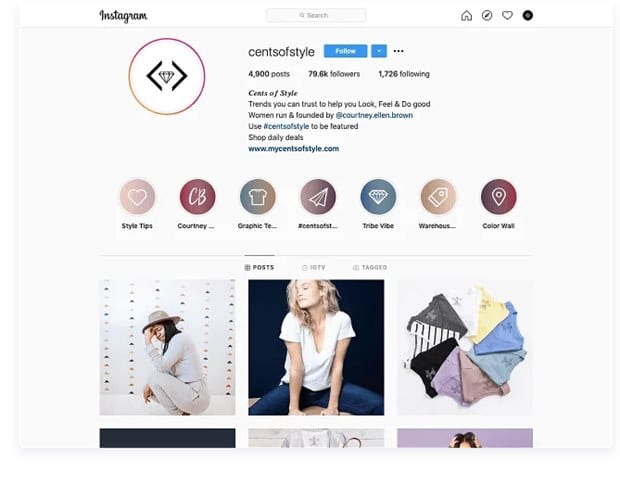 In the second case, the goods will be loaded from an existing online store.
In the second case, the goods will be loaded from an existing online store.
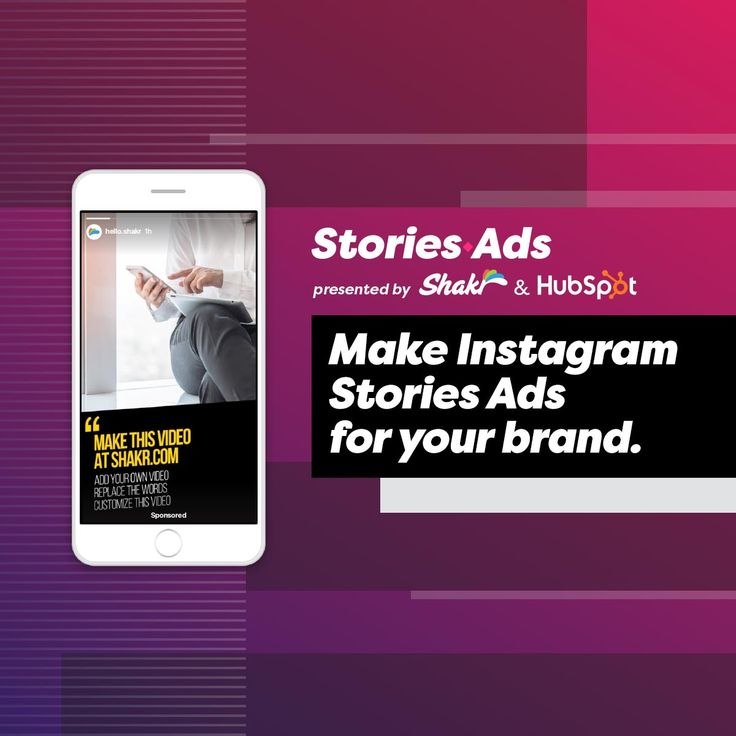
How to create a collection with products
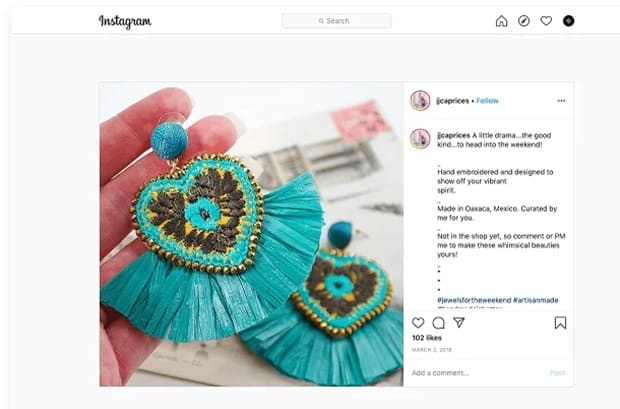 nine0005
nine0005 How to add products to Instagram
How to tag an item
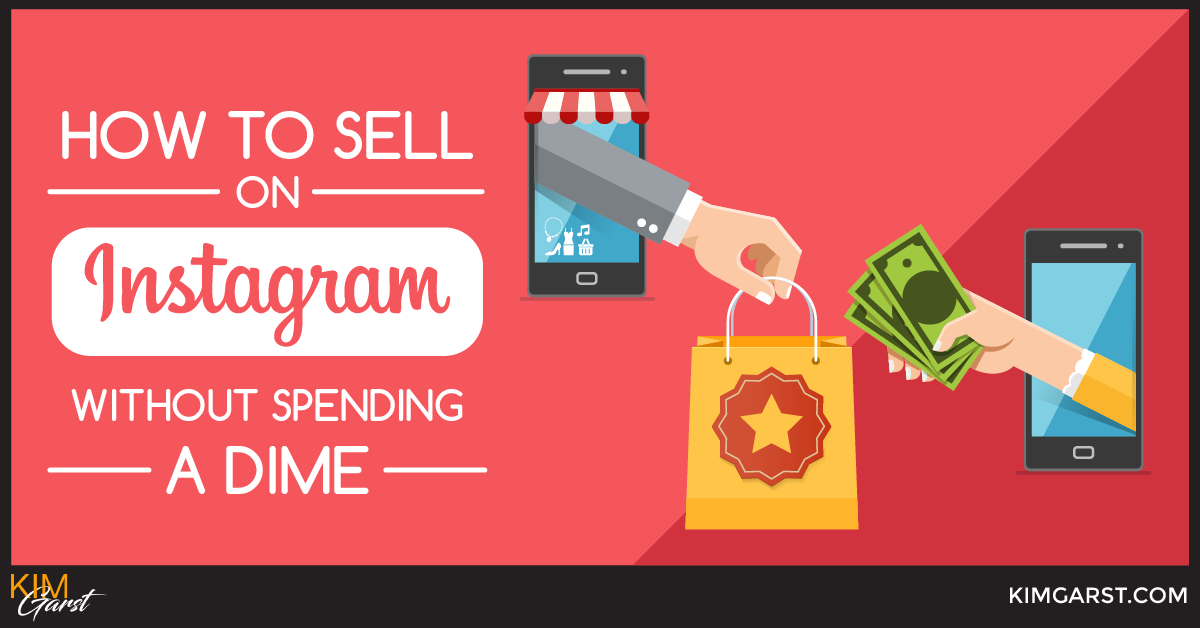
In conclusion




